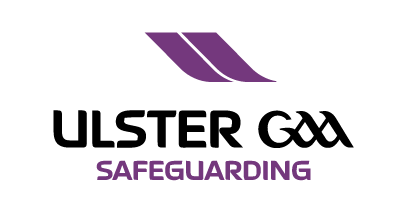Donegal v Fermanagh Statistical Analysis
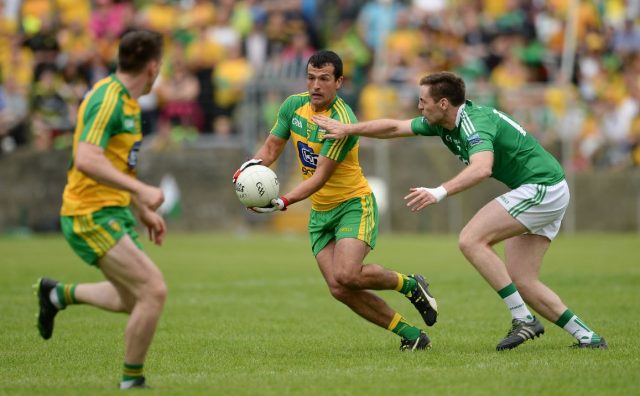
USFC 2016: Donegal v Fermanagh, Quarter Final, MacCumhaill Park, Ballybofey
Performance analysis has become a major component of the coaching process. A combination of statistical information and video clips allow coaches to analyse performance and provide feedback on both individual and team performance. The same process also allows a coaching team to establish positives and negatives from each performance, and should provide them with a guide as to the needs of the team in subsequent training sessions.
Throughout the Ulster Senior football championship 2016, Ulster GAA will be providing statistical analysis, supported by video clips analysing each game.
Possession
Possession is considered a key factor in match analysis, despite the fact little evidence exists to suggest superior possession share relates to successful outcome. In many sports, possession is measured as percentage of time spent on the ball. However, in GAA, it is more pertinent to assess possession as a count – the number of possessions each team has during a game.
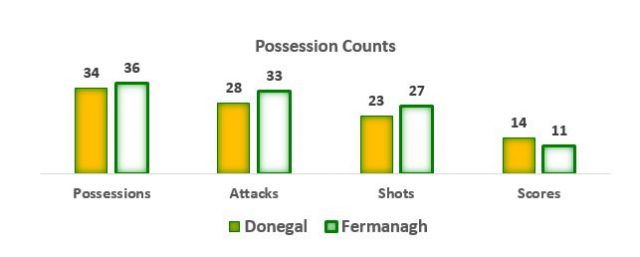
This game had the lowest total possessions of any USFC match in 2016. Fermanagh edged the balance with 36 possessions to Donegal’s 34. Fermanagh were able to sustain this throughout the phases of possession – mounting more attacks (Fermanagh – 32, Donegal – 28) and generating more shots (27) than Donegal (23).
However, the key difference between the teams was conversion rates, with Donegal converting 61% of shots, while Fermanagh only managed a 42% conversion rate. Another way to estimate this; for every 5 shots taken, Donegal returned 3 scores, while Fermanagh only managed 2.
In summary, while Fermanagh had a slight possession advantage, Donegal’s conversion of chances edged the scoreboard in their favour. Donegal registered 4 scores from every 10 possessions, with Fermanagh only converting 3 from 10 possessions.
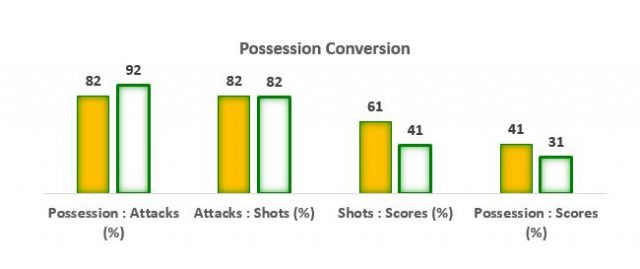
In last week’s quarter final (Monaghan v Down) the kick out battle formed the basis for Monaghan’s dominance. Fermanagh won the kick out contest this week (56%), and provided the sternest test yet to opposition kick outs, claiming 50% of Donegal’s 14 kick outs. While this resulted in a marginal advantage in possession share, it did not ultimately convert to the scoreboard.
It could be argued that Fermanagh’s numerical advantage for more than half the match allowed them to challenge Donegal’s kick outs successfully, however, it is worth noting that Fermanagh had enjoyed similar levels of success prior to the sending off late in the first half. It would appear Fermanagh had discovered an effective method for challenging Donegal kick outs.
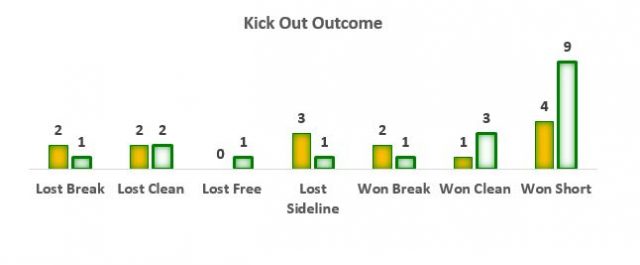
Shooting Efficiency
As we know, the key difference between the teams lay in their shooting, with Donegal converting 61% of chances to Fermanagh’s 42%. Of even more significance was the way in which Fermanagh’s shots failed – they only kicked 4 wides, but had 12 unsuccessful shots that failed to go dead. Consider the pressure Fermanagh were able to apply to Donegal kick outs – 8 of the 12 shots that did not go dead offered Donegal an immediate chance at uncontested possession, rather than forcing them into taking a kick out.
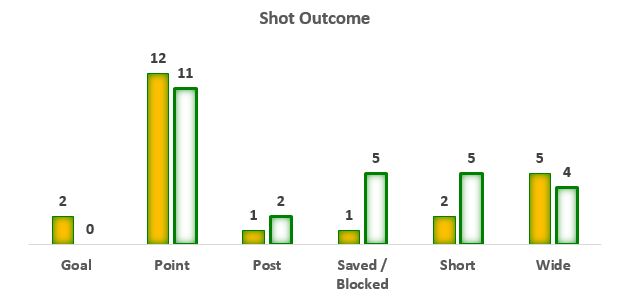
Productivity
With the exception of the preliminary round, the winning teams in this year’s USFC have been very clinical in possession, returning ratings from 4.9 up to 5.5 points per 10 possessions. Donegal returned a rating of 5.3, which compensated for their low possession count. Not surprisingly, the teams delivering these ratings have also scored 2 or more goals – a feat which Donegal managed on Sunday past.
At the outset of this season a rating of 3.0 would have been considered highly likely to point to a winning performance – however, Fermanagh (3.1) were the second team, after Armagh (3.1), to lose despite exceeded 3.0. What this does suggest is that Fermanagh’s finishing, as with Armagh, was not the only reason for their defeat, but also their inability to thwart Donegal’s attacking threat.
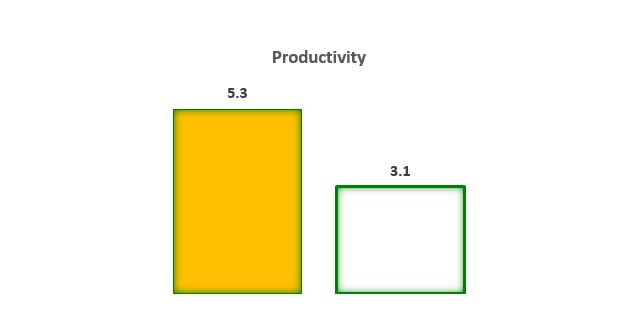
Donegal – lessons for training
Donegal were the last team into action in the championship, and this match, while in the balance early in the second half, resulted in a relatively comfortable win. Their finishing and overall use of possession were both huge positives, which they will aim to repeat in their semi-final meeting with Monaghan. However, there will be a number of issues they will have identified as being priority to improve;
- Strategy and execution of their own kick outs – Donegal succumbed to Fermanagh pressure on their kick outs, losing 50% of their kicks, including 3 over the side line. An area that has, for the past number of seasons, been a key strength of Donegal displayed signs of fragility on Sunday past and will need to be addressed ahead of the semi-final;
- Donegal allowed Fermanagh a return of 3.1 points per 10 possessions. Their defence was not as tight as in the past – allowing Fermanagh 26 shots from 36 possessions;
- Concession of 9 frees in the scoring zone was too high and perhaps reflective of another issue with Donegal’s defensive play.
Fermanagh – lessons for training
Fermanagh’s performance was effective in possession, right up to their finishing. One major positive was their ability to challenge Donegal’s kick outs, and secure the majority of their own kicks, resulting in winning the possession battle. However, the result fell on one key aspect, their shot conversion;
- Fermanagh converted 42% of their shots, but even more crucially 12 shots failed but did not go dead. The video footage was quite clear that Fermanagh’s failings were largely in execution, as opposed to selection;
- Of the 12 shots that did not go dead, 8 resulted in turnover of possession, providing Donegal with an immediate platform to secure possession and formulate an attack
- When we consider how little possession Donegal had, defensively, Fermanagh conceded too many scores (14), including 2 majors. Their key defensive ploy was potentially to starve Donegal of sufficient possession, but they needed to be much more difficult to penetrate when Donegal did have possession.






